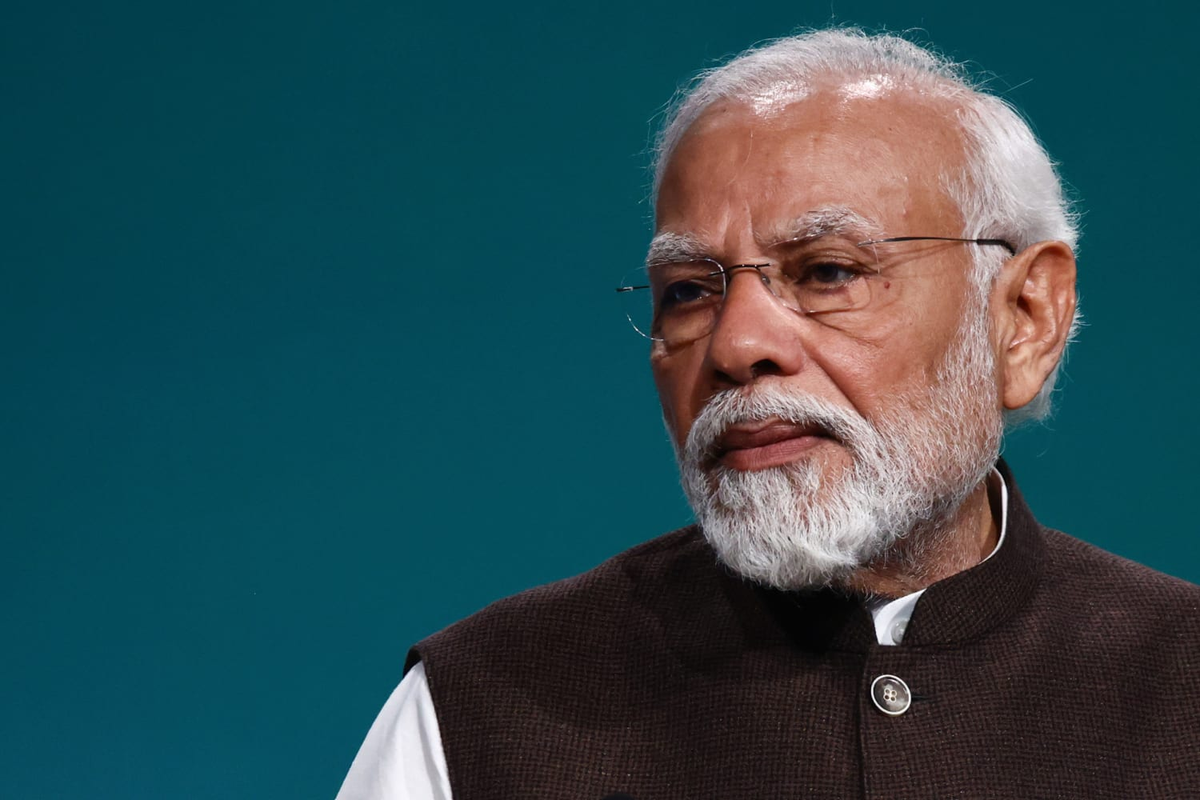Physical Address
304 North Cardinal St.
Dorchester Center, MA 02124
Physical Address
304 North Cardinal St.
Dorchester Center, MA 02124

Prime Minister Narendra Modi issued a clear India Pakistan ceasefire warning on May 12, 2025, stating India has only paused its military operations and will strike back if further terrorist attacks occur.
The announcement came just two days after a U.S.-brokered ceasefire took effect, halting cross-border hostilities that followed the April 22 terrorist attack in Pahalgam, Jammu and Kashmir, which killed 26 civilians—mostly tourists.
Key takeaway: India is watching—and waiting.

Modi’s statement made one thing clear: the military pause is not a sign of weakness.
“We will retaliate on our own terms,” he declared.
This India Pakistan ceasefire warning was paired with a rejection of diplomacy unless talks focus exclusively on terrorism or the status of Pakistan-administered Kashmir.
“Terror and talks can’t go together. Nor can terror and trade.”
Modi also hinted at further pressure through economic and diplomatic means, including a possible suspension of the Indus Waters Treaty.
Key takeaway: India’s position—no talks until terrorism ends.
Tensions surged after the April 22 Pahalgam attack, which was claimed by The Resistance Front—a group tied to Pakistan-based Lashkar-e-Taiba. India responded with Operation Sindoor, launching strikes on nine terror sites in Pakistan and Pakistan-administered Kashmir.
Pakistan denies any connection to the attack or harboring militants, but the incident risked escalating into open war between the nuclear-armed neighbors.
A India Pakistan ceasefire warning from international diplomats, including the U.S., helped push both sides to a temporary pause that began on May 10.
Key takeaway: Foreign diplomacy played a major role in cooling tensions.
India’s Air Chief Marshal AK Bharti confirmed that India’s military remains on full alert. Bases and air defense systems are operational, and coordination lines with Pakistan have been reopened.
“Our issue is with terrorists—not Pakistan’s civilians or military,” he noted.
Meanwhile, Pakistan’s military spokesperson Lt. Gen. Ahmad Sharif also pledged to uphold the ceasefire, stating Pakistan “will not violate it first.”
Key takeaway: Both militaries are on standby despite the silence.

The India Pakistan ceasefire warning wasn’t just about defense—it was a strategic signal. Modi’s government is using the pause to avoid full-scale conflict while maintaining the threat of force. Any future provocation, he made clear, will meet a swift response.
Key takeaway: The calm may be temporary—India’s next move depends on Pakistan’s.
Get the Daily News Without B.S. Report—clear, concise news with zero noise. Straight to your inbox.